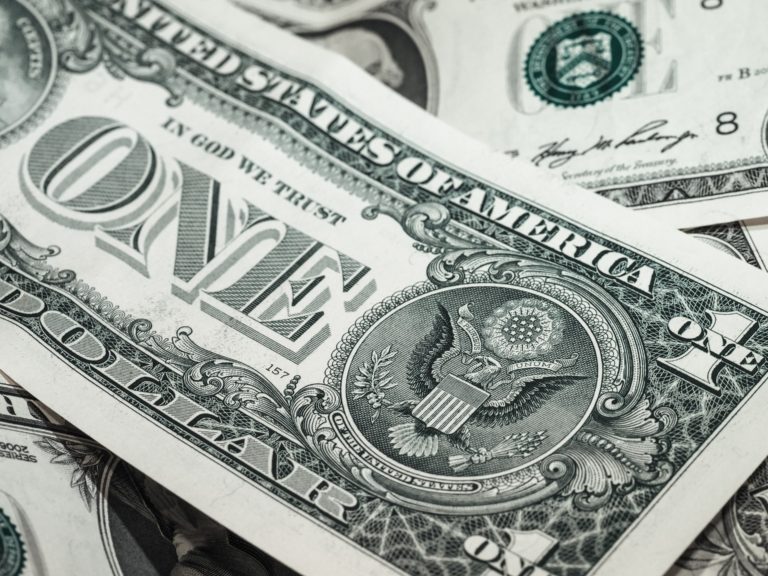
PPP loans are getting a second life. There will be some helpful changes, like tax deductions for expenses paid with forgiven loan proceeds.
Congress recently passed a $900 billion COVID-19 relief bill that pumps billions of dollars back into the popular Paycheck Protection Program (PPP) that ended in early August. Under the PPP, small businesses can borrow money from private lenders without collateral, personal guarantees or fees. The loans don’t have to be repaid to the extent they’re used to cover certain expenses, and they provide an important lifeline to businesses that are struggling financially during the coronavirus pandemic. The bill requires the Small Business Administration (SBA) to write regulations implementing the PPP no later than 10 days after the bill is signed into law. Once the SBA issues the regulations, the program will officially reopen and run through March 31, 2021.
Who Can Apply?
Many small businesses, non-profits and independent contractors may be eligible for the new round of PPP loans. Borrowers may also qualify for a loan even if they received funds in the PPP’s first round. There will be $284.5 billion in forgivable PPP loan funds available for certain borrowers that already got PPP loans and for other businesses that missed out in the previous round. The bill created “second draw” forgivable loans for “harder hit” small businesses, certain non-profit organizations, housing cooperatives, sole proprietors, independent contractors and others with 300 or fewer employees. Qualified borrowers must show a loss of at least 25% of gross receipts in any quarter during 2020 when compared to the same quarter.
A Second Round of PPP Loans is Coming (With Some Improvements)
PPP loans are getting a second life. There will be some helpful changes, like tax deductions for expenses paid with forgiven loan proceeds.
Congress recently passed a $900 billion COVID-19 relief bill that pumps billions of dollars back into the popular Paycheck Protection Program (PPP) that ended in early August. Under the PPP, small businesses can borrow money from private lenders without collateral, personal guarantees or fees. The loans don’t have to be repaid to the extent they’re used to cover certain expenses, and they provide an important lifeline to businesses that are struggling financially during the coronavirus pandemic.
The bill requires the Small Business Administration (SBA) to write regulations implementing the PPP no later than 10 days after the bill is signed into law. Once the SBA issues the regulations, the program will officially reopen and run through March 31, 2021.
The legislation also ensures that business expenses paid with forgiven PPP loans are tax deductible. It also clarifies that PPP loans will not be included in taxable income.
Who Can Apply?
Many small businesses, non-profits and independent contractors may be eligible for the new round of PPP loans. Borrowers may also qualify for a loan even if they received funds in the PPP’s first round. There will be $284.5 billion in forgivable PPP loan funds available for certain borrowers that already got PPP loans and for other businesses that missed out in the previous round.
The bill created “second draw” forgivable loans for “harder hit” small businesses, certain non-profit organizations, housing cooperatives, sole proprietors, independent contractors and others with 300 or fewer employees. Qualified borrowers must show a loss of at least 25% of gross receipts in any quarter during 2020 when compared to the same quarter in 2019.
First-time PPP borrowers will be subject to the program’s original eligibility rules.
New Amount for “Second Draw” Loans
The maximum loan amount is $2 million for “second draw” loans. That’s down from the $10 million maximum that applied under the original CARES Act rules. A borrower may qualify for a loan up to 2½ times its average monthly payroll costs. Businesses in the accommodation and food services industries, such as restaurants and hotels, may receive up to 3½ times their average monthly payroll cost.
Loan Forgiveness for the New PPP Loans
As with the previous round of PPP loans, the new loans may be entirely forgiven if spent for the proper purposes (primarily payroll) during the proper time period. Currently, there are three PPP loan forgiveness applications, but these will likely be updated by the SBA once the program officially reopens.
To obtain full forgiveness, borrowers will need to spend at least 60% of loan proceeds on payroll.
Borrowers may spend up to 40% on other qualified expenses during the covered period. In addition to rent, mortgage interest and utilities, the list of eligible non-payroll expenses has been expanded to include four new categories:
- Covered operations expenditures;
- Covered property damage costs;
- Covered supplier costs; and
- Covered worker protection expenditures.
- Covered operations expenditures include payments for any software, cloud computing, and other human resources or accounting needs.
Please contact Werdann DeVito LLC for questions and assistance with the new PPP loan process.
